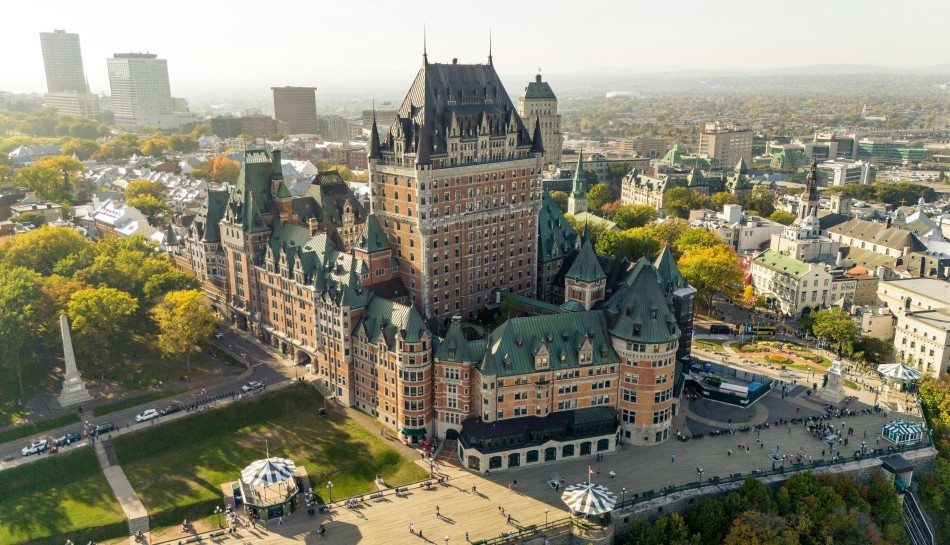The Quebec immigration department carried out the first round of invitations through Arrima based on the new expression of interest scoring system it introduced in July.
Quebec held its biggest draw of the year, inviting 515 immigration candidates to apply for permanent selection on August 12.
Details of this latest round of invitations have been released today.
The Ministère de l’Immigration, de la Francisation et de l’Intégration (MIFI) invited candidates under the Quebec Regular Skilled Worker Program (also refered to as the Quebec Skilled Worker Program or QSWP) who had filed an Expression of Interest (EOI) in Quebec’s online registration portal, Arrima.
An EOI is not an application. It is a way for candidates to notify Quebec’s Ministry of Immigration that they would like to be considered for a Quebec Selection Certificate or CSQ. When they receive a CSQ candidates can apply for permanent residence with the federal government.
This is the first round of invitations since the introduction of a new classification system for QRSWP immigration candidates.
Invited candidates fell into the following categories:
their occupation is on the list of targeted occupations and they had a score of at least 591 points in the Arrima expression of interest bank;
they have a valid job offer outside the territory of the Montreal Metropolitan Area;
they reside in Quebec as a diplomat, consular official, United Nations representative or representative of any intergovernmental organization operating in the province, and their staff ;
they are self-employed.
This new draw is the sixth of the year held by Quebec. Since the beginning of the year, the province has been conducting rounds of invitations on a monthly basis. A total of 1,060 candidates have now been invited to apply for permanent selection by the province.
Quebec’s immigration programs are managed by the province based on selection criteria and processes that are distinct from Canada’s immigration programs.
Ultimately, it is up to Immigration, Refugees and Citizenship Canada (IRCC) to make the final decision on immigration applications.
About the Arrima Expression of Interest Pool
Arrima was introduced in 2018 to manage the pool of applicants for the QRSWP and to simplify an application intake system that was formerly based on a “first-come, first-served” approach.
Candidates 18 years of age and older interested in immigrating to Quebec through the QRSWP must first create an EOI profile in Arrima, after which they are placed in a pool of candidates and given a score based on a list of criteria.
In July, Quebec launched a new points system to rank the profiles of immigration candidates in the Arrima expression of interest pool.
Up to 1,320 points are available, of which 580 are for human capital factors and 740 for factors related to Quebec’s labour market needs.
The human capital criteria include French language ability, bilingual ability, age, work experience, and education.
The labour market factors include work experience in a field where there is a shortage, education in Quebec, work experience in the rest of Canada, and job opportunities inside and outside the Greater Montreal area. This last criterion carries significant weight since job offers outside the Montreal metropolitan area can be worth up to 380 points, while offers in Montreal obtain 180 points.
MIFI then invites the most qualified candidates to apply for permanent selection and candidates generally have 60 days to submit a complete immigration application, pay the required fees and present all other required documents. Quebec aims to issue CSQs to invited candidates who have provided all the required information within six months.
Planned Immigration Levels
Both the Province of Quebec and the federal government have committed to increasing immigration targets for the coming years. In 2021, Quebec aims to welcome up to 47,500 newcomers. Meanwhile, Canada aims to welcome more than 400,000 immigrants under its various immigration programs over the next year.
If you received an invitation to apply for a Quebec Selection Certificate, you may email qcita@canadavisa.com to learn about the next steps regarding your application.
Source : Cicnews.com




















